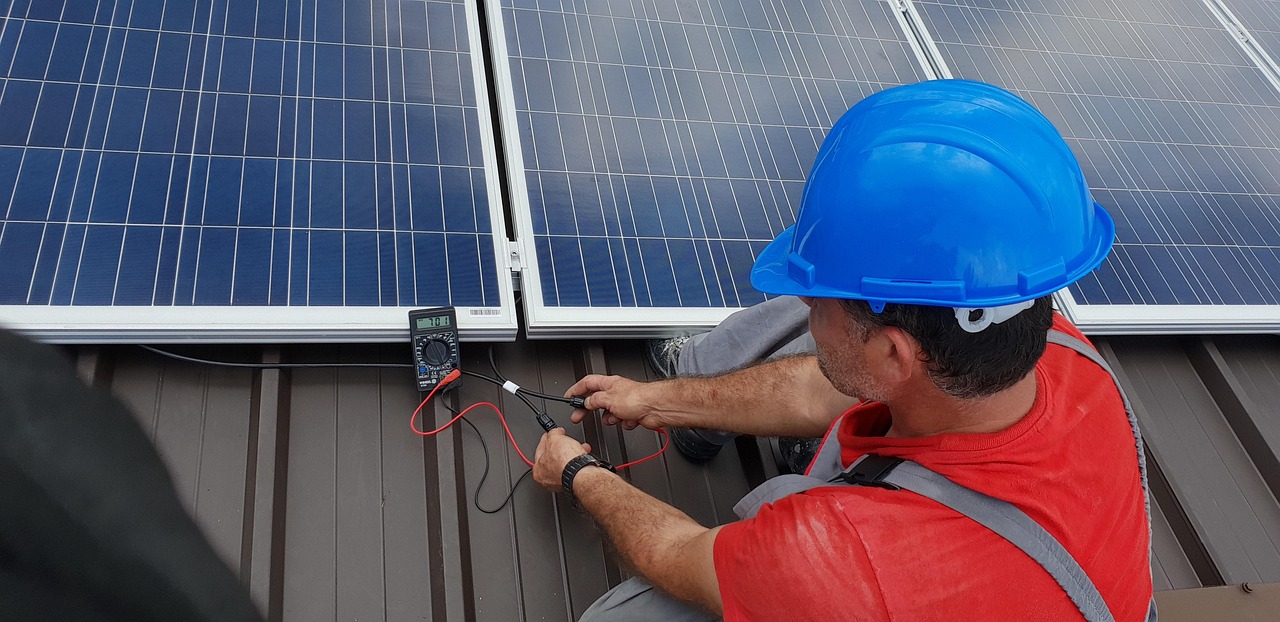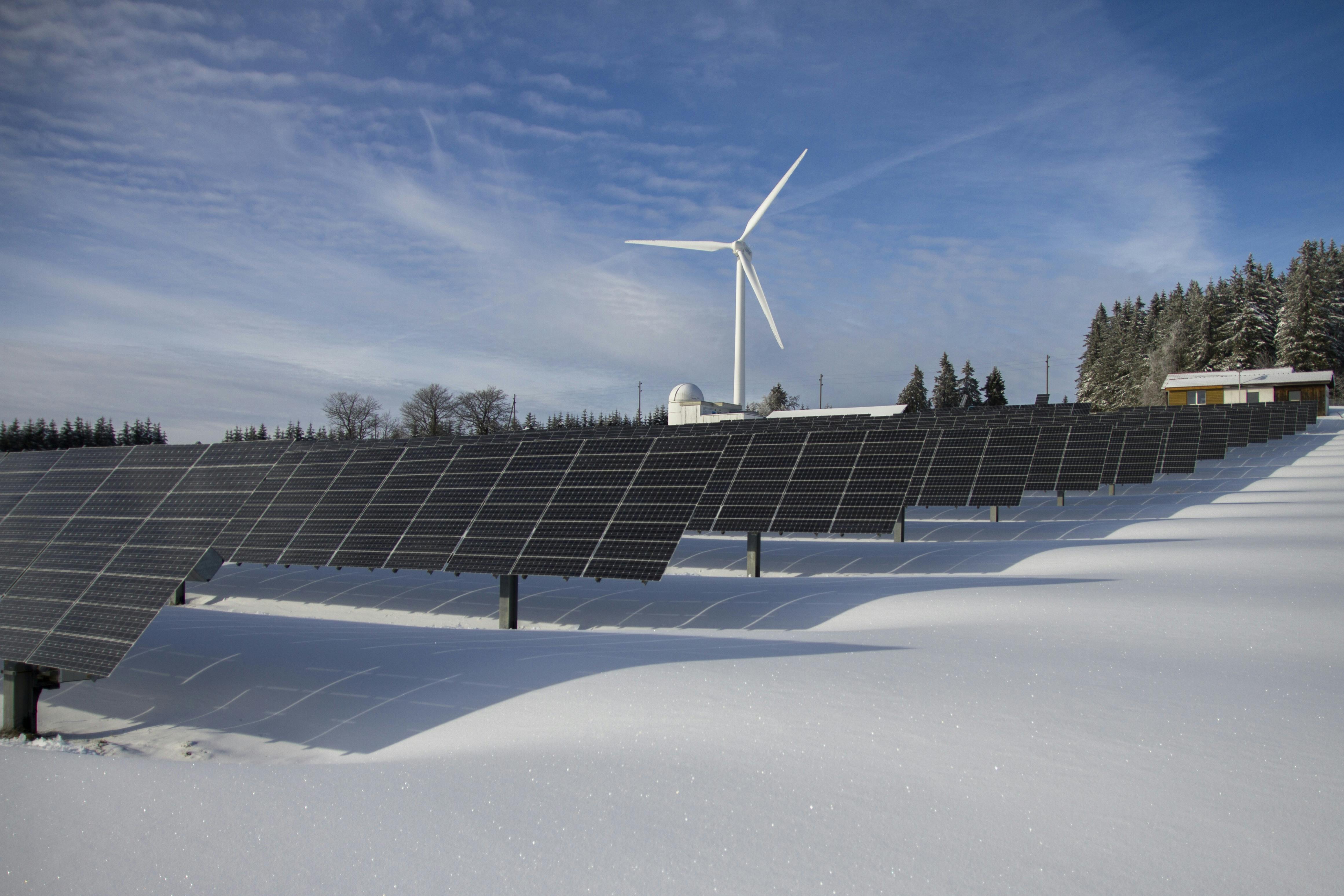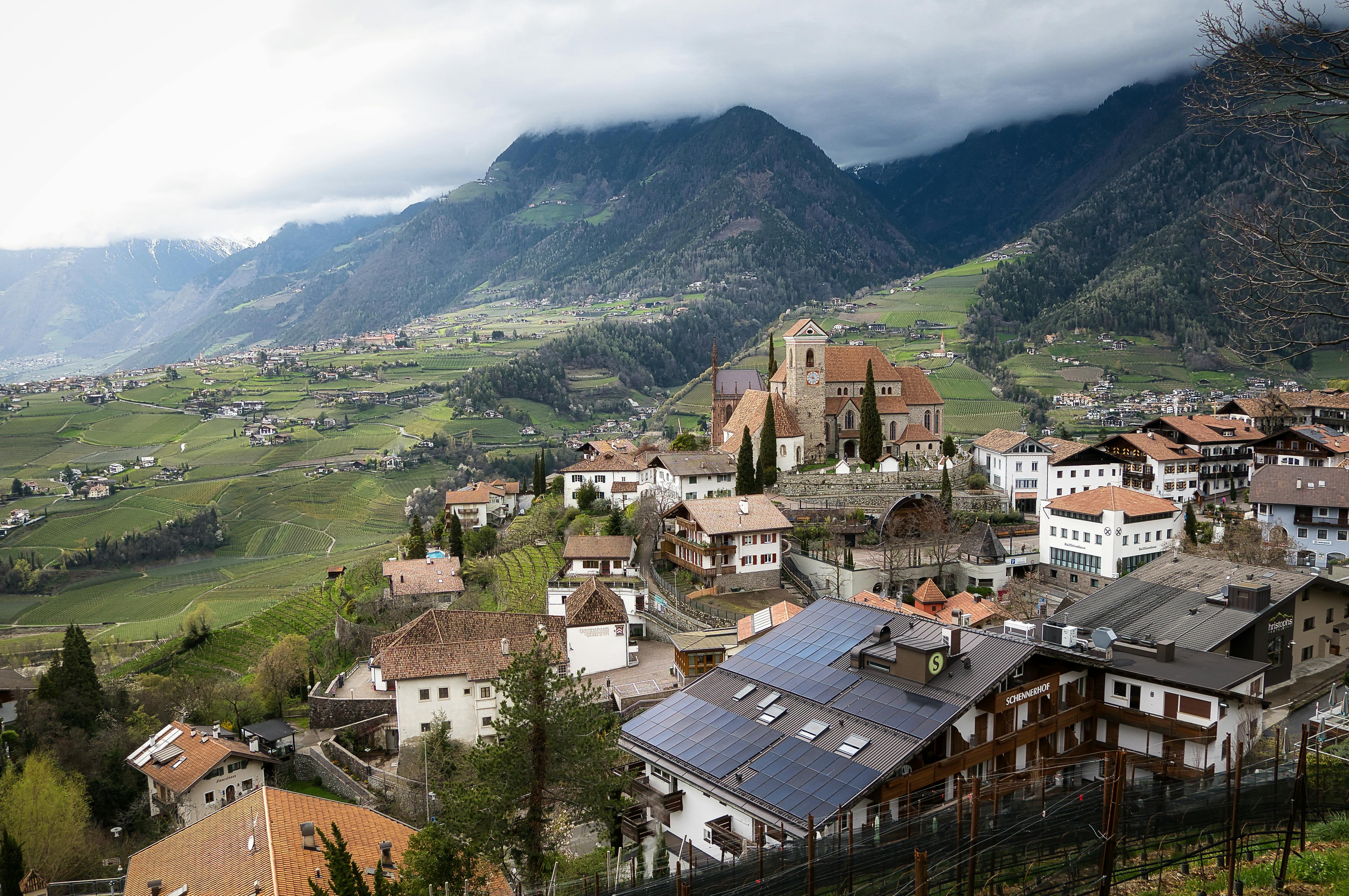What are In-Roof Solar Panels?
Discover the benefits, costs, and types of in-roof solar panels and how they differ from traditional panels to boost value.

In-roof or integrated solar panels are becoming an increasingly popular choice for homeowners looking to embrace renewable energy while maintaining the aesthetic appeal of their homes. Unlike traditional solar panels that sit on top of your roof, in-roof solar panels are integrated into the roof itself, offering a sleek and seamless look.
In this article, we'll explore what integrated solar panels are, how they work, the different types available, costs involved, their impact on property value, and the pros and cons of choosing this innovative solar solution.
Key Takeaways:
Looking to find out exactly what you need to know about in-roof solar panels on your home? Get an estimate from our solar panel calculator in just a few simple steps.
What are In-Roof Solar Panels?
In-roof solar panels, also known as integrated solar panels, are designed to be built directly into the roof of your home. Unlike traditional solar panels that are mounted on top of the existing roof, integrated panels replace a section of the roofing material, creating a more streamlined and aesthetically pleasing appearance. This integration not only enhances the look of your home but also provides the same energy-generating benefits as conventional solar panel systems, although they can be up to 5-10% less efficient.
How do Integrated Solar Panels Differ from Standard Solar Panels?
When comparing in-roof solar systems and standard solar systems, several key differences emerge, each offering unique features and benefits.
Integrated solar panels are integrated directly into the roof structure, replacing traditional roofing materials. This design results in a seamless, flush finish that blends well with the overall roof design, making them more aesthetically pleasing. However, this integration can make in-roof solar panels 5-10% less efficient than standard solar panels. Additionally, they require careful maintenance and can complicate roof repairs.
On the other hand, standard solar panels are mounted on top of the existing roof using brackets and frames, making them more noticeable and less visually integrated. Despite this, standard solar panels typically offer higher efficiency. They are easier to install and remove, though they may add extra weight to the roof. Maintenance is also more straightforward with standard solar panels, as their accessibility simplifies any required upkeep.
How do In-Roof Solar Panels Work?
In-roof solar panels operate by harnessing sunlight through photovoltaic (PV) cells integrated into the roof structure. Let’s simplify the process:
1. Sunlight Absorption: Photovoltaic (PV) cells in the panels capture sunlight. These cells are made of semiconductor materials, typically silicon, which generate an electric field when exposed to sunlight.
2. Energy Conversion: The captured sunlight is converted into direct current (DC) electricity by the PV cells.
3. Inverter Use: An inverter then converts this DC electricity into alternating current (AC), which is the type of electricity used by most household appliances.
4. Energy Distribution: The converted AC electricity is used to power the home. Any excess electricity generated can be stored in batteries for later use or fed back into the grid, depending on the system setup.
Types of Integrated Solar Panels
There are several types of in-roof solar panels available, each offering unique features and benefits. Understanding these options can help you make informed decisions based on your home's specific needs and preferences.
Monocrystalline Panels
Monocrystalline panels are made from single silicon crystals, known for their high efficiency and sleek appearance. They typically appear black, which helps them blend seamlessly with most roof designs. They offer high efficiency and long lifespan but tend to be more expensive.
Polycrystalline Panels
These panels are made from multiple silicon crystals and are usually blue in colour. Polycrystalline panels are less efficient than monocrystalline but more cost-effective. Polycrystalline panels have a slightly bulkier appearance but are affordable and easier to manufacture.
Thin-Film Panels
Thin-film panels consist of photovoltaic material layers deposited onto a substrate. They are flexible and lightweight, making them versatile for different applications. While they are generally less efficient, they can be manufactured in various sizes and shapes, offering flexibility in installation.
Building-Integrated Photovoltaics (BIPV)
BIPV systems seamlessly integrate into the building's architecture, serving as both building materials and solar panels. They can be part of the roof, façade, or even windows. BIPV panels are multifunctional and aesthetically pleasing but come with a higher initial cost and more complex installation.
Hybrid Panels
Hybrid panels combine different photovoltaic technologies, such as monocrystalline or polycrystalline cells with thin-film layers, to maximise efficiency. These panels are designed to perform well in various weather conditions and offer high efficiency. However, the advanced technology makes them more expensive.
How Much do In-Roof Solar Systems Cost?
The cost of in-roof solar systems can vary based on several factors. Key considerations include the size of the system, the type of solar panels used, and the complexity of the installation process. Typically, in-roof solar panels are more expensive than standard solar panels due to their integrated design and the additional work required to install them as part of the roof structure.
Cost Factors:
- System Size: Larger systems will naturally cost more but can generate more power.
- Type of Panels: Monocrystalline panels, known for their high efficiency and sleek look, tend to be more expensive than polycrystalline or thin-film panels.
- Installation Complexity: The integrated nature of in-roof solar systems means that the installation is often more labour-intensive, which can increase costs.
Estimated Price Range
For an average-sized home, the cost of installing in-roof solar panels typically ranges from £8,000 to £14,000. This includes both the panels and the installation labour.
Despite the higher initial investment, in-roof solar panels can lead to significant savings on energy bills over time. Depending on your energy consumption and the efficiency of the system, you could save hundreds to thousands of pounds annually. These savings can significantly offset the initial investment within a few years.
Additionally, integrated solar panels can increase your home's energy independence, reducing your reliance on grid electricity and protecting you from rising energy costs.
To make an informed decision and get a personalised estimate for your home, try MakeMyHouseGreen's solar panel calculator. Our tool uses the latest data to provide an estimate with 97% accuracy, helping you understand the potential costs and savings for your specific situation. Knowing the exact figures can greatly simplify the decision-making process and ensure you are making the best investment for your home.
Will Integrated Solar Panels Improve Property Value?
Installing in-roof solar panels can significantly enhance your property's value. One of the key benefits is that they directly increase your home’s Energy Performance Certificate (EPC) rating. A higher EPC rating indicates a more energy-efficient home, which is highly attractive to potential buyers. A study by Rightmove revealed that increasing your EPC rating from an F to a C can add an additional 16% to your property value.
Homes equipped with solar panels are increasingly sought after by environmentally conscious buyers who appreciate the long-term energy savings and reduced carbon footprint. In-roof solar panels, with their sleek and integrated design, not only enhance the aesthetic appeal but also signal a modern, sustainable living environment. This combination of visual appeal and energy efficiency can make your property stand out in the market, potentially leading to quicker sales at higher prices.
Furthermore, solar panels offer the benefit of reduced dependency on external energy sources, which is a significant selling point in a world of fluctuating energy prices. Buyers are willing to invest more in homes that promise lower energy bills and greater energy independence. While the initial installation cost of in-roof solar systems is higher, the return on investment through increased property value and energy savings can be substantial, making it a financially sound decision in the long run.
Recommended Article: Do Solar Panels Add Value to Your House?
Pros and Cons of In-Roof Solar Panels
In-roof solar panels offer you a unique combination of benefits and challenges. Understanding these pros and cons can help you make an informed decision about whether this type of solar panel installation is right for your home.
Pros
Aesthetic Appeal: In-roof solar panels are integrated into your roof structure, providing a sleek, seamless appearance that maintains your home’s architectural integrity. This design is particularly appealing if you prioritise the visual aspects of your property.
Cost Savings & Rebates: Even with a higher initial cost, in-roof solar panels can lead to substantial long-term savings on your energy bills. Additionally, various rebates and incentives may be available to help offset the installation cost, providing further financial benefits.
Property Value: In-roof solar panels can increase your home’s EPC rating, making it more attractive to potential buyers and potentially adding up to 16% to your property value, as shown in a study by RightMove.
Durability: In-roof solar panels can also serve as a protective layer for your roof, potentially extending its lifespan by shielding it from the elements.
Space Utilisation: By integrating the solar panels into your roof, no additional space is taken up on your property, making it an efficient use of available space, especially if your home has a limited roof area.
Cons
Higher Initial Cost: In-roof solar panels are generally more expensive to install than traditional solar panels due to the additional labour and integration required.
Maintenance and Repairs: The integrated nature of these panels can complicate roof maintenance and repairs. If any issues arise with your roof or the panels themselves, accessing and fixing them can be more challenging and costly.
Efficiency: Although effective, in-roof solar panels are up to 5-10% less efficient than their traditional counterparts, which could mean a longer period to recoup the initial investment.
Final Thoughts
In-roof solar panels present a modern, efficient, and aesthetically pleasing option for homeowners looking to embrace renewable energy. They can increase your property value, provide significant energy savings, and offer a sleek, integrated look that enhances your home's design. While the initial costs are higher, the long-term benefits promise to outweigh the drawbacks.
If you’re considering in-roof solar panels, make an informed decision by using MakeMyHouseGreen's highly accurate solar panel cost calculator. Explore the potential savings and find nationwide solar panel installation tailored to your needs.
Ready to see what you can save?
Our solar calculator is 100% free to use. Enter your postcode below to get started.

Based on 400+ Trustpilot reviews






